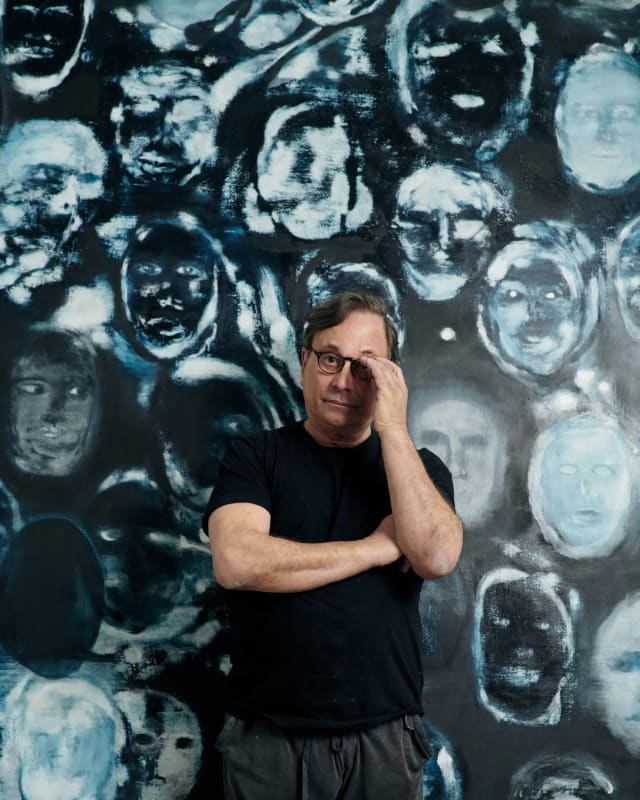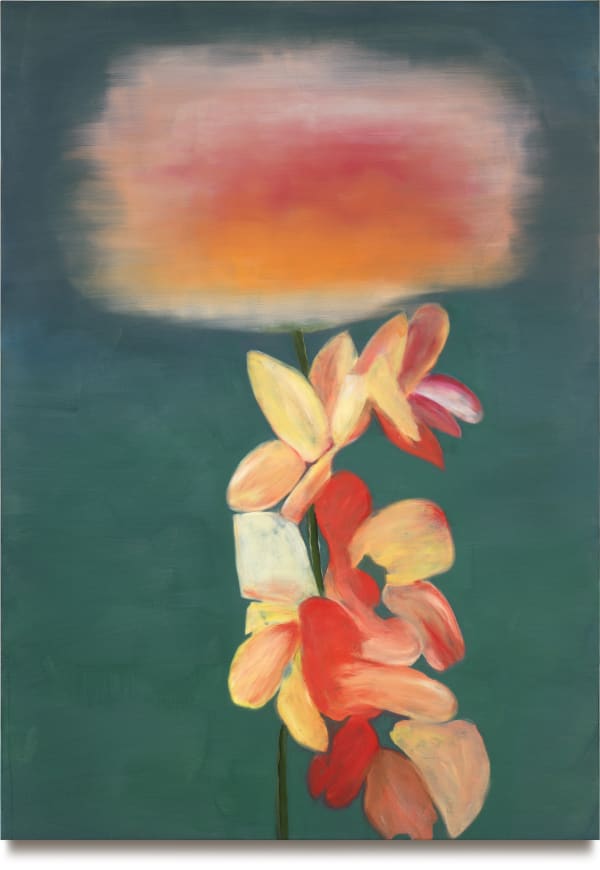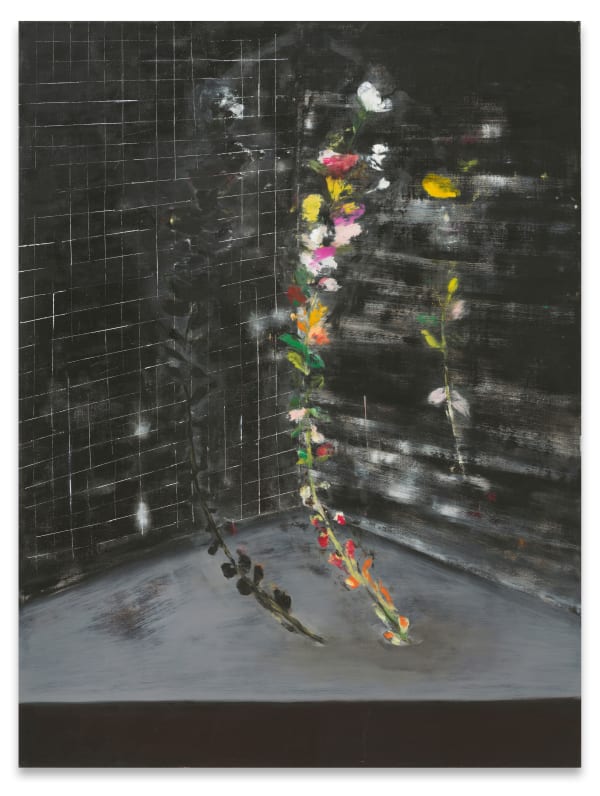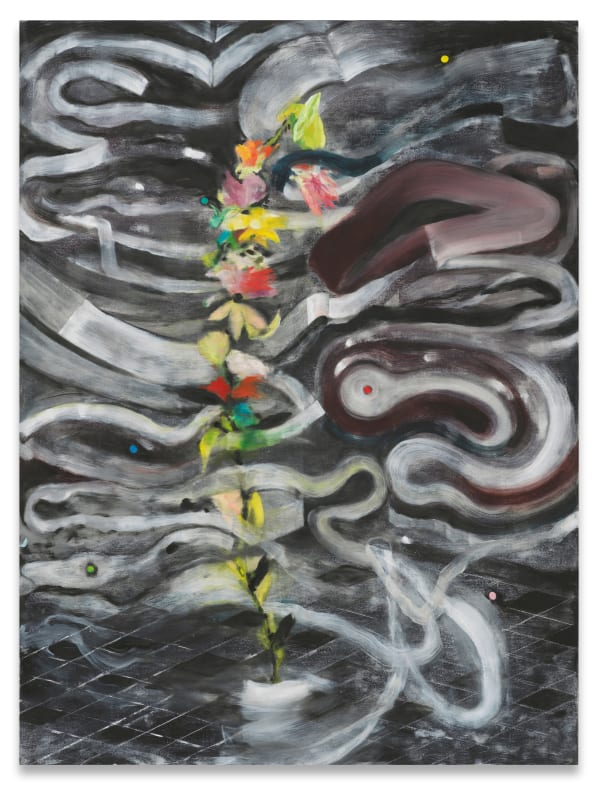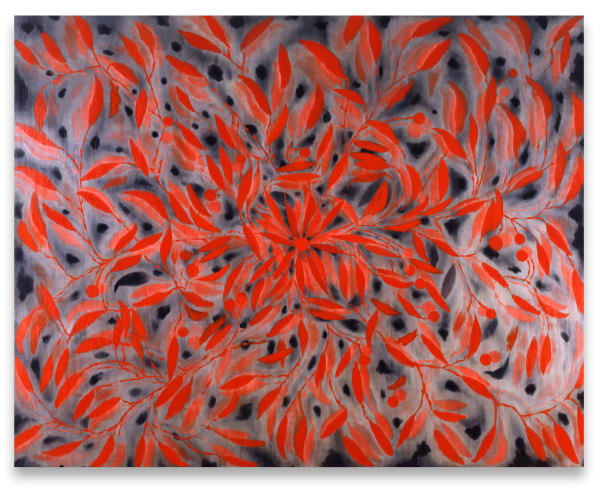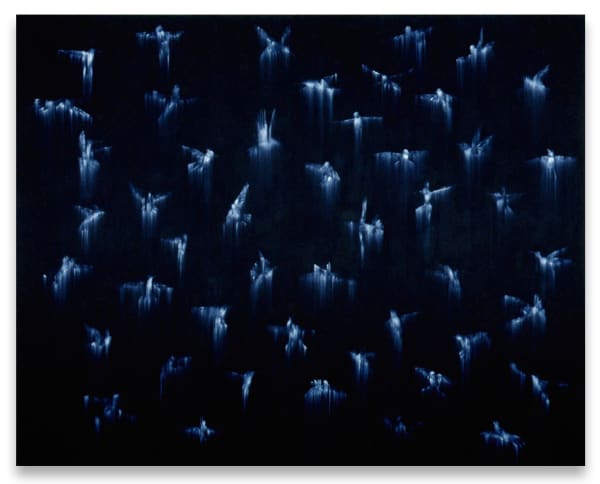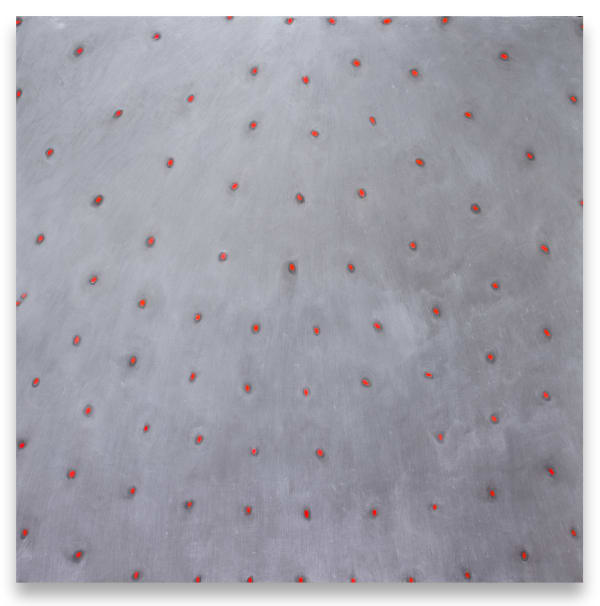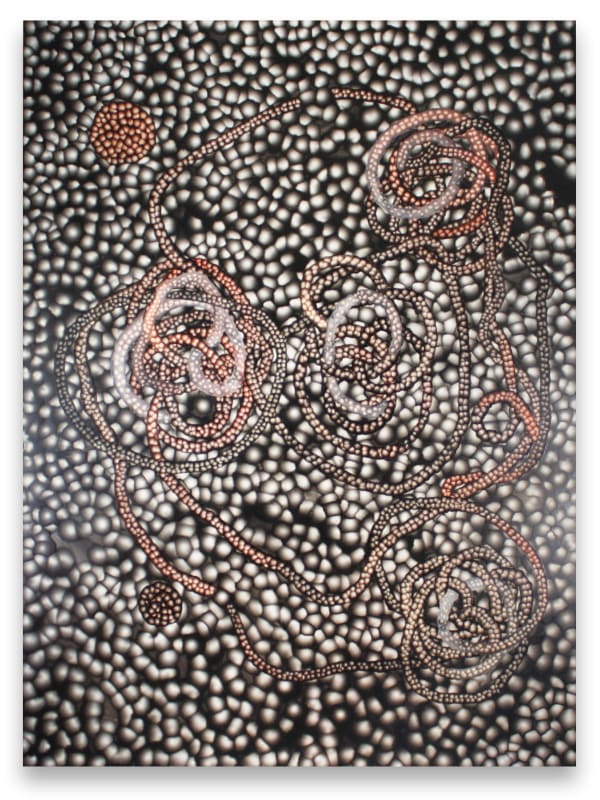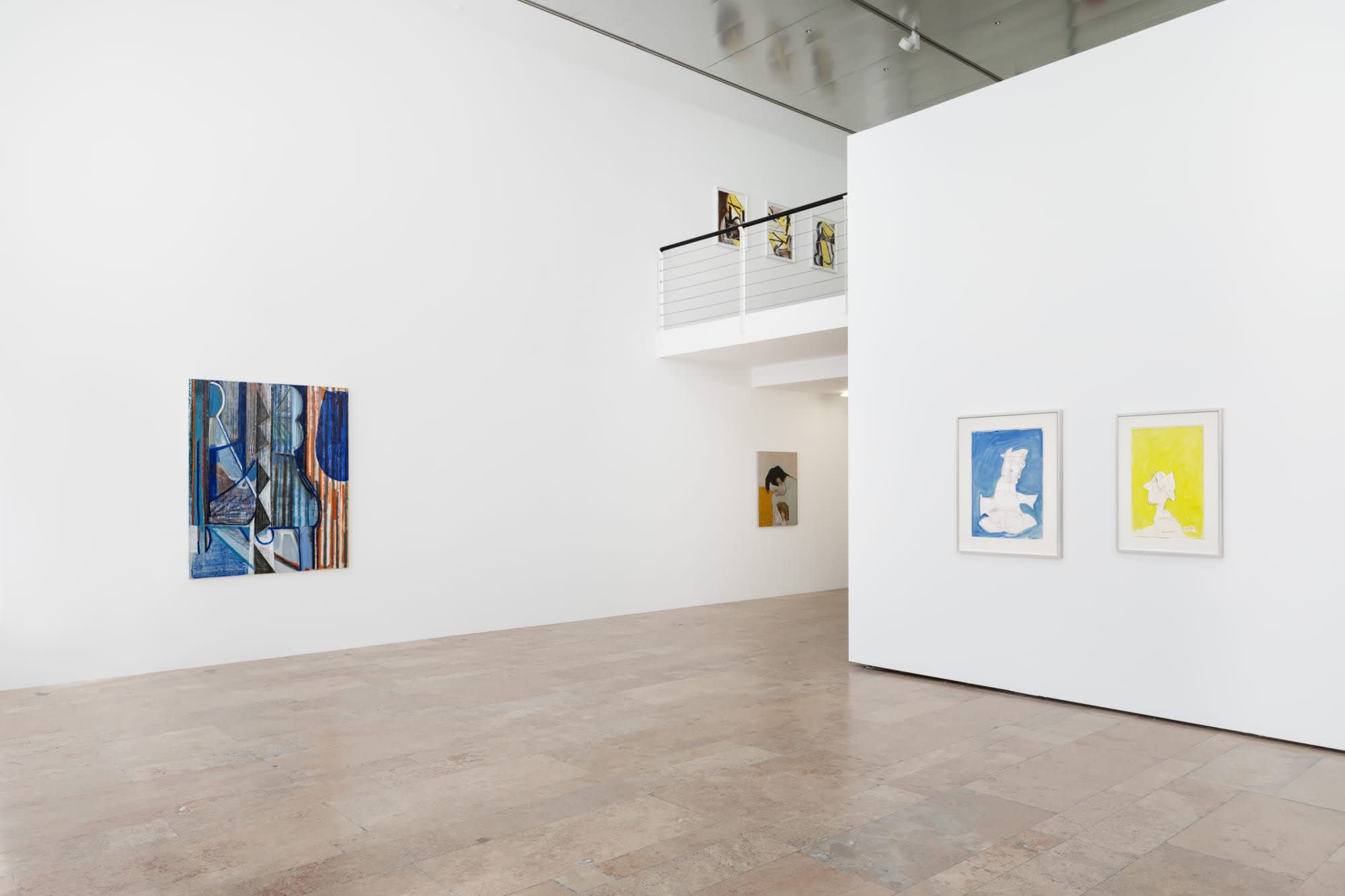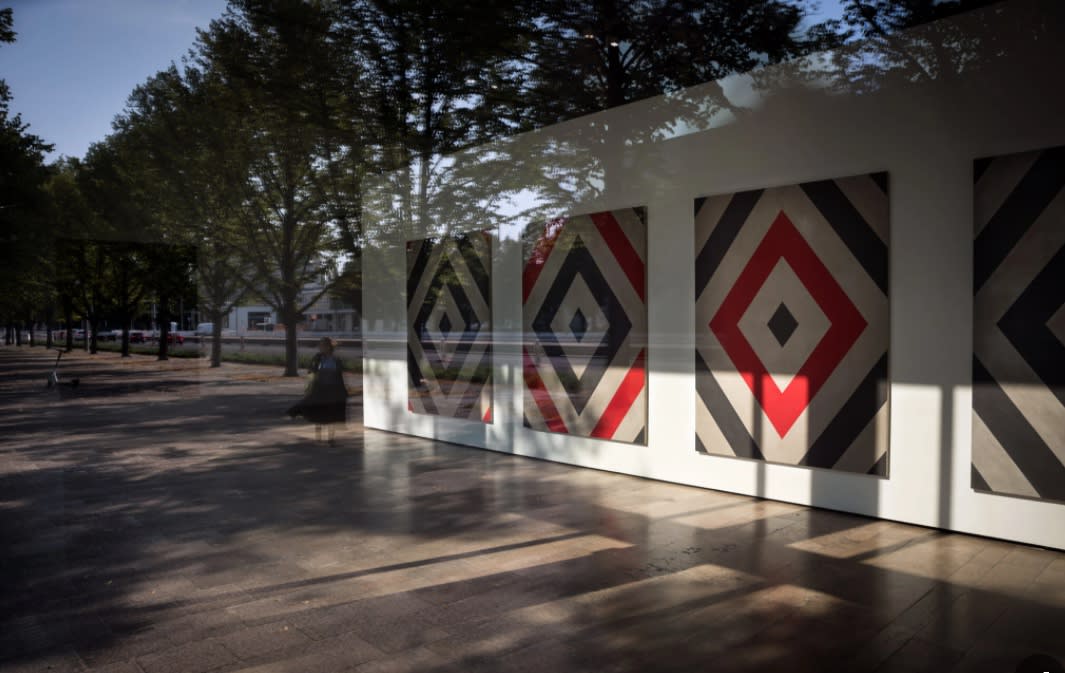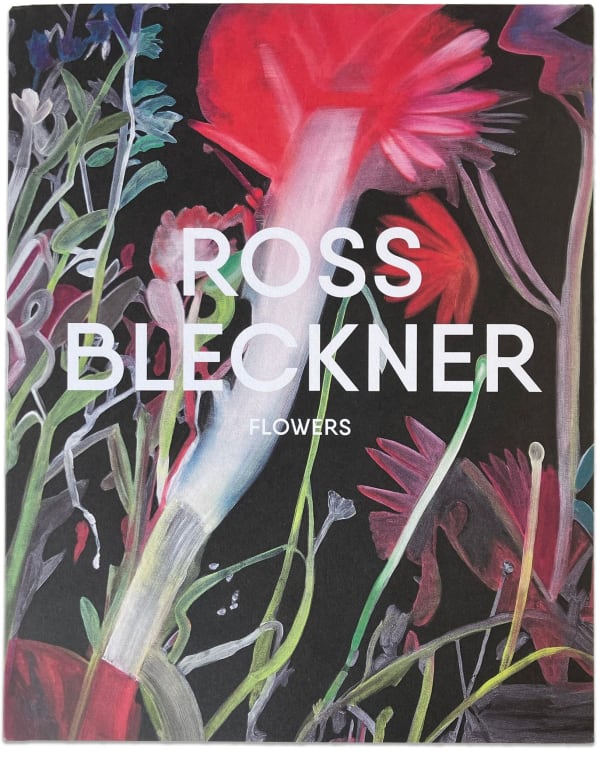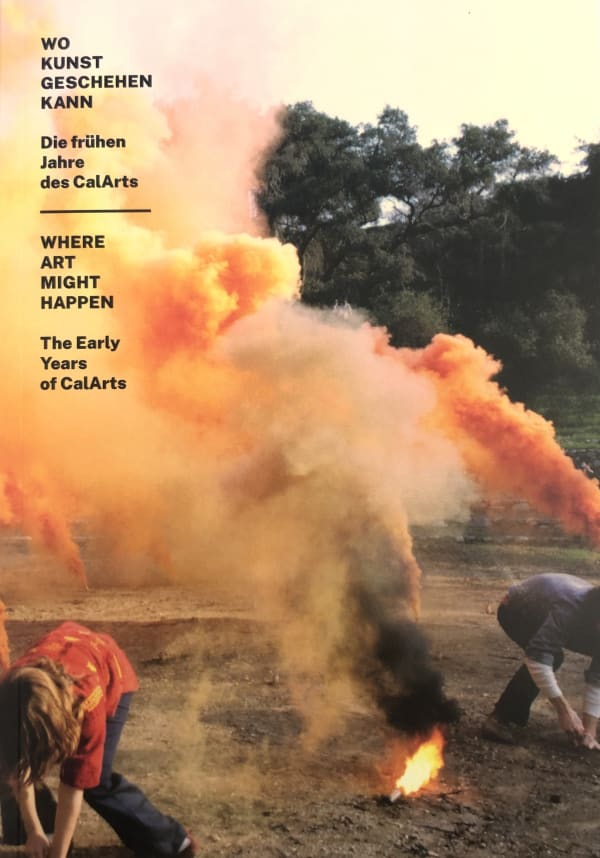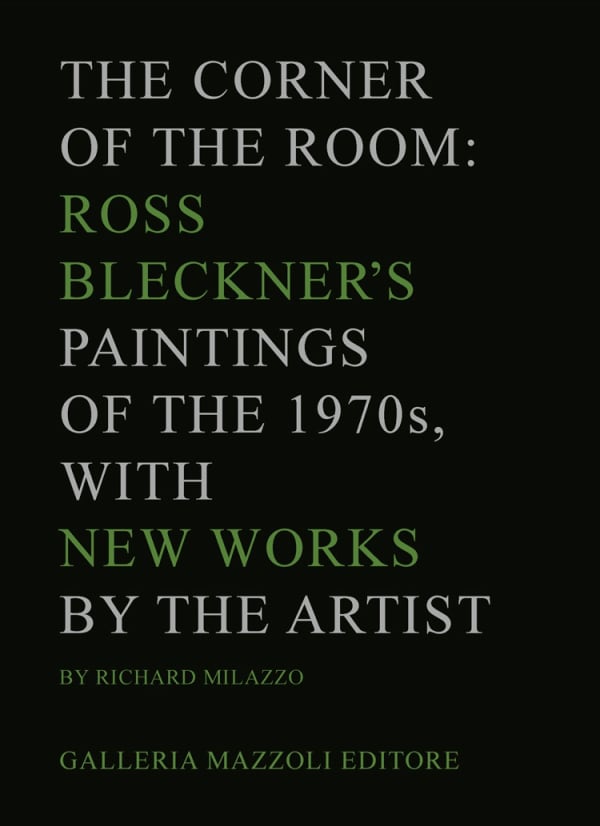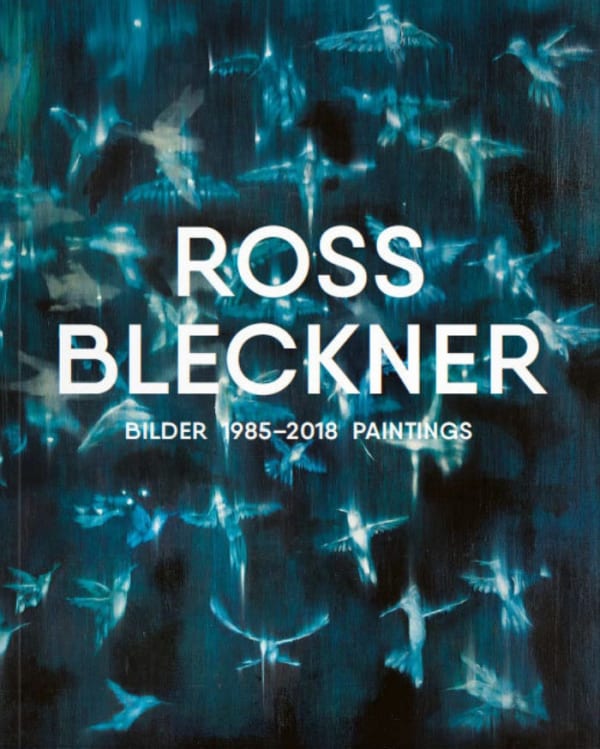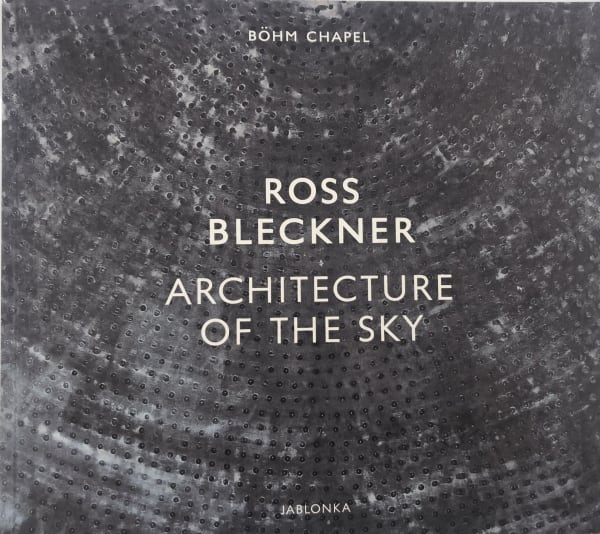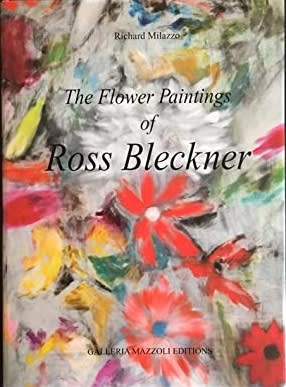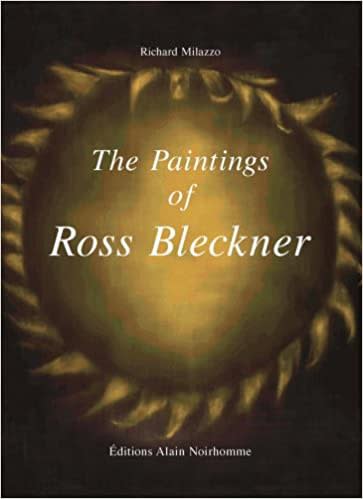Ross Bleckner
-
Biography
Born 1949 in New York
Lives and works in New York
Ross Bleckner’s paintings are an investigation of change, loss, and memory, often suggesting meditations on the body, health and disease, much like a memento mori. His immersive paintings, whether pure abstraction of stripes and dots or representations of birds, flowers, and brains, elicit a powerful hypnotic and dizzying effect. Smoothly layered on the canvas surface against a darker background, Bleckner’s famous multicolored volumetric circles or flowers look like they are viewed under a microscope.
Ross Bleckner rose to prominence in New York in the 1980s. To this day, he is the youngest artist to receive a midcareer retrospective at the Solomon R. Guggenheim Museum, at the age of 45. Recent exhibitions include the Neues Museum Nürnberg; San Francisco Museum of Modern Art; Martin Gropius Bau, Berlin; Reina Sofia, Madrid; L.A. County Museum, Los Angeles; Kunstmuseum Luzern; and Zentrum Paul Klee, Bern.
His paintings can be found in numerous major museum collections, such as the Museum of Modern Art, New York; Whitney Museum of American Art, New York; Museum Boymans-van Beuningen, Rotterdam; Astrup Fearnley Collection, Oslo; Sammlung Goetz, Munich; Museo Nacional Thyssen-Bornemisza, Madrid; Museo Nacional Centro de Arte Reina Sofia, Madrid.
-
-
The main thing for me is how the image is disembodied, almost vaporized, into this continuous pulsating glow that emanates from something.
– Ross Bleckner
-

-

-
Bleckner‘s flower paintings exude an unalienable contradiction. They are signs of life and hope, blurred and shaded at the same time, constantly threatened by the darker background of the paintings. It is precisely the conventionality of the floral still life motif, that brings forth a paradox in these images, which brings grief together with a touch of frivolity.
– Julian Heynen
-
-

-
A flower has such a short life span; it blooms and it is so majestic at its height but then it just falls away. I find pleasure in painting them and then seeing what happens when they become just a trace of something left. I’ve always been amazed by what’s not there anymore.
– Ross Bleckner
-
Works
-
-
Exhibitions
-
-
External Exhibitions
-
News
-
Press
-
-
Publications
-
Video
-
Request more information
